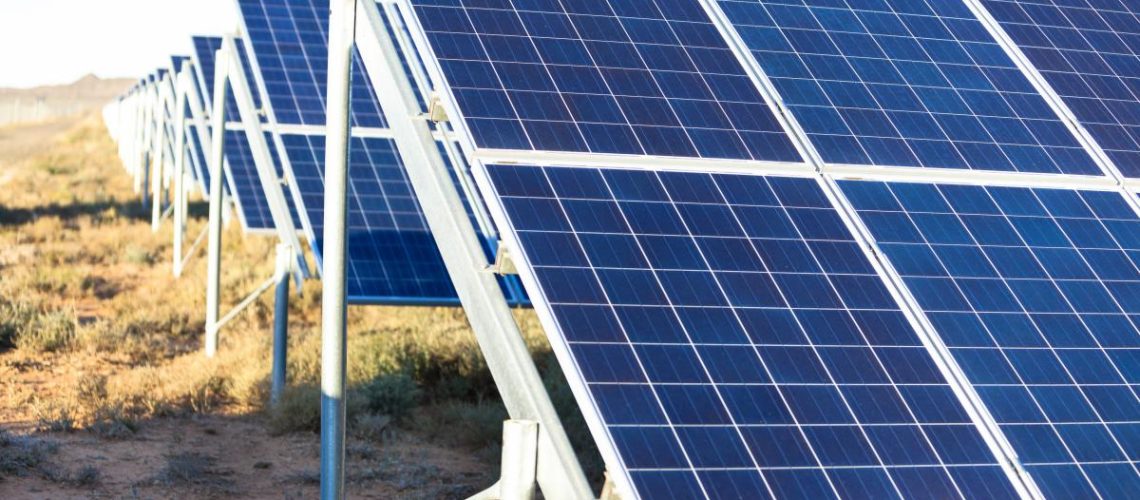New small-capacity solar power plants are being developed in Ukraine to avoid blackouts, which is helping businesses to stay afloat amid dire economic conditions.
A 13.9 KW Tesla Powerwall solar plant, donated to Ukraine by Elon Musk, was recently installed in Borodyanka, a town in Kyiv region.
“In the de-occupied territories most affected by the Russians, there are problems with electricity, and Tesla Powerwall stations provide backup power during power outages,” said Ukrainian Minister of Digital Transformation Mikhail Fedorov.
Solar power systems are being deployed mostly to prevent blackouts and to protect critical infrastructure such as hospitals, said Olga Sukhopara, development director of the Ukrainian Association of Renewable Energy.
“After the liberation of the north of Ukraine, a lot of power grid lines were damaged or destroyed due to hostilities,” Sukhopara said, adding that all damaged grid lines in the region have been restored.
Commercial rooftops and façade solar PV have become popular in recent years as a way to save on energy bills, said Sukhopara.
“Cross-subsidizing in the electricity sector still exists in Ukraine: tariffs for households are state-regulated, while business pays market price for electricity which is on average three times higher than for households,” she said. “That’s why businesses started installing solar systems for their own consumption more often – to lower energy bills and to provide themselves with electricity at fixed price years ahead.”
Ukraine’s solar industry is mostly focused on survival now, and not on further development. The aim is to avoid going bankrupt under constant curtailment and lower feed-in-tariff payments, said Sukhopara.
“Work is underway to amend the legislation on free access to the electricity market for RES producers,” she said. “We also hope to start exporting green electricity to the EU in the near future.”



